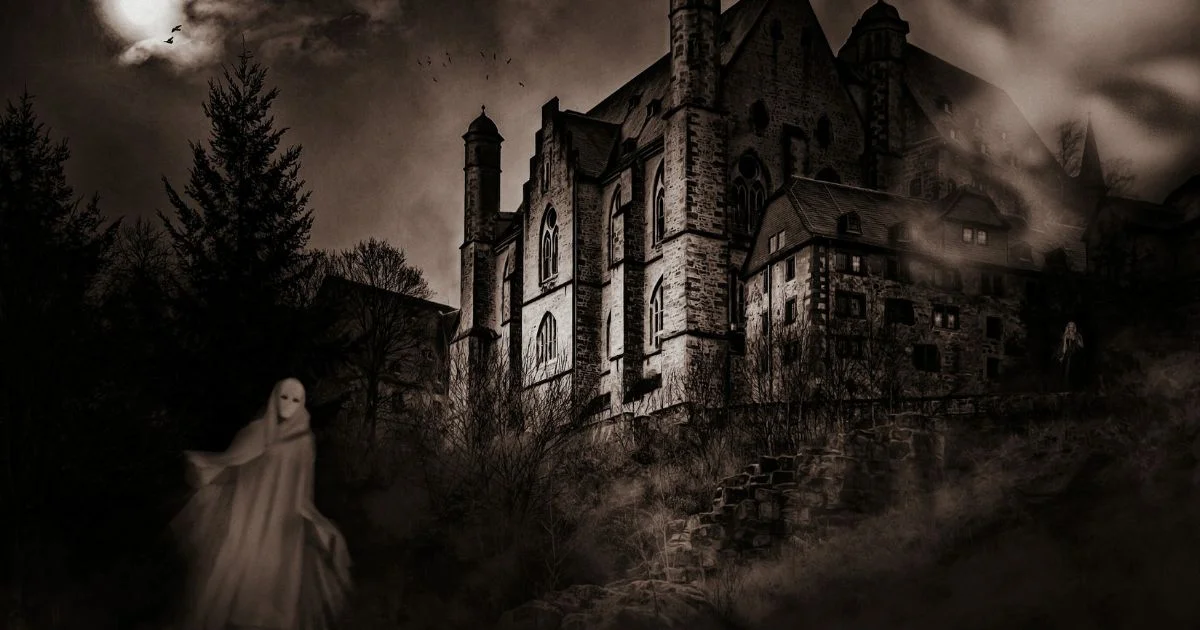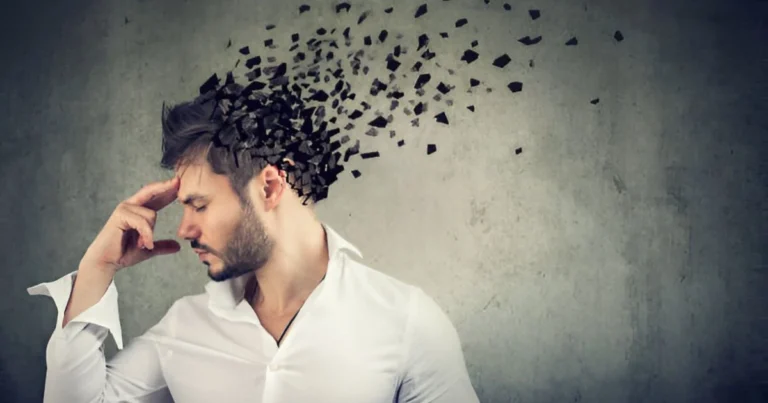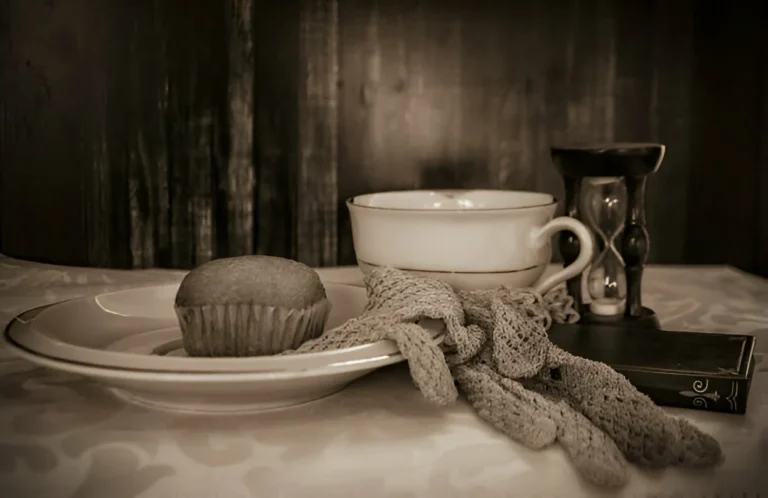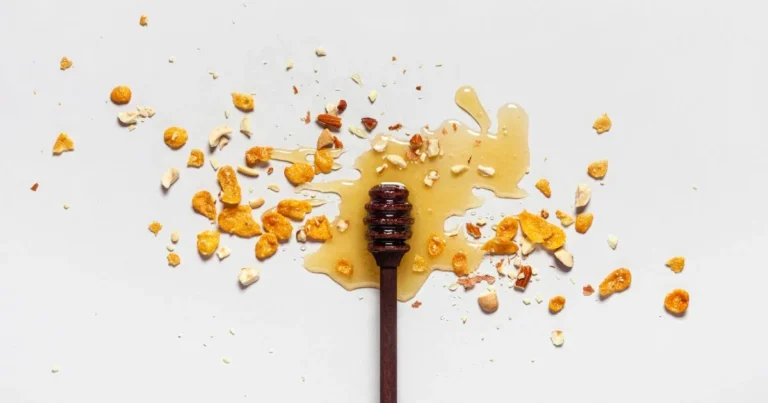The thrill of fear : How the brain turns terror into pleasure
Fear is an emotion we try to avoid in daily life, yet we eagerly seek it out in entertainment. Horror films, haunted houses, roller coasters, escape rooms — everywhere, humans put themselves face to face with imaginary dangers. But why do we take pleasure in shivering with fear?
Since Darwin — who described a frightened man as a “motionless statue with suspended breath” — scientists have viewed fear as a survival mechanism. It triggers a cascade of reactions: a racing heart, an adrenaline rush, tightened muscles — all preparing us to flee or fight. However, when this same mechanism unfolds within a safe environment, it can paradoxically become a source of euphoria and satisfaction.
The paradox of the thrill
This is precisely what sociologist Margee Kerr from the University of Pittsburgh observed. Her research took place inside ScareHouse, one of America’s most famous — and terrifying — haunted attractions. In this nightmare-like maze filled with actors, screams, and grotesque scenes, Kerr noticed something unexpected: visitors leaving the attraction reported feeling less anxious, more relaxed, and even more confident than before. Far from being destructive, fear acted as a genuine “emotional reset.” In a controlled context, fear became a training ground for resilience.
This finding was confirmed in Denmark at the Dystopia Haunted House, where researchers equipped 110 volunteers with heart sensors and filmed them through carefully designed fright scenarios — a zombie springing from a table, a masked man wielding a chainsaw, a horde of the undead charging down a staircase.
The results were striking: pleasure does not increase linearly with fear. Instead, it follows an inverted U-shaped curve — too little fear is boring, too much is overwhelming, but a balanced dose produces maximum enjoyment. This “perfect dose” law was visible in physiological data: large heart-rate fluctuations reflected fear, showing the body’s surge of alarm, while smaller, rapid fluctuations corresponded to excitement under control. In short, fear and pleasure coexist because they rely on distinct yet complementary physiological dynamics — one sets off the alarm, the other transforms it into play.
🔗 Read also: Fear unveiled: from instinct to manipulation
Inside the machinery of fear
The studies in Pittsburgh and Denmark reveal that fear, when experienced safely, doesn’t deplete us — it transforms us. To understand this paradox, we must look at what happens inside the brain and body as we face terror.
When a zombie leaps out in a haunted house, an internal alarm sounds instantly. The amygdala, a small almond-shaped structure deep in the brain, is the first to react. In milliseconds, it floods the body with warning signals — heart pounding, breathing quickening, muscles tightening — preparing us to fight or flee. But in a place like ScareHouse, where the threat isn’t real, another brain region steps in: the prefrontal cortex. Acting as a rational conductor, it analyzes the scene and sends a countermessage: “You’re not actually in danger.”
This dialogue between amygdala and cortex transforms sheer terror into controlled adrenaline.
At this moment, brain chemistry takes over. Endorphins, often dubbed the brain’s natural morphine, soothe the discomfort and generate a feeling of relief. Dopamine, the neurotransmitter of reward, reinforces the sense of achievement — the impression of having overcome something — triggering a wave of euphoria similar to a runner’s high or the elation of a climber reaching the summit.
This shift has an unexpected effect: it anchors us completely in the present. For a few moments, everyday worries vanish. There’s no room for anxiety or overthinking — only the immediacy of the monster’s leap. And when the fear subsides, this “inner silence” often leaves behind a mental clarity and lightness akin to meditation. Many participants describe it as a psychological reset.
Beyond biology, facing horror becomes a psychological exercise. By confronting terrifying situations, people discover their ability to remain in control. This is the mechanism of habituation: repeating an experience of fear in a safe environment gradually reduces its impact. The amygdala reacts less strongly, the prefrontal cortex regulates more efficiently, and confidence in the face of the unknown increases. What begins as entertainment becomes emotional training — an education in resilience.
🔗 Explore further: The shining: The enduring terror of Stanley Kubrick
Fear as play and catharsis
Participants often describe the experience as a game. Like a child laughing when chased by a pretend monster, adults find in horror a playful way to tame their emotions. This playful dimension echoes the ancient notion of catharsis. For Aristotle, Greek tragedy allowed spectators to release their emotions by witnessing dreadful scenes. Today, horror films and haunted houses play the same role — purging fear through symbolic confrontation.
Modern neuroscience adds another layer of understanding: the brain is a predictive organ. Its primary function is to anticipate what’s coming to avoid surprises. But it also enjoys being surprised — in moderation. A shadow flickering, a sudden noise — small, unexpected deviations that excite the brain without plunging it into chaos. If everything is predictable, we grow bored; if everything is unpredictable, we panic. The sweet spot between these extremes is where the optimal thrill emerges — that delicate blend of fear and pleasure that fascinates us.
In the end, deliberately confronting fear isn’t an escape from reality — it’s preparation for it. It transforms an ancient, universal emotion into a tool for adaptation. It is, paradoxically, a celebration of our humanity — our unique ability to turn fear into play, anxiety into learning, and chills into strength.
References
Andersen, M. M., Schjoedt, U., Price, H., Rosas, F. E., Scrivner, C., & Clasen, M. (2020). Playing with fear: A field study in recreational horror. Psychological Science, 31(12), 1497–1510.
Kerr M et al. (2019). Voluntary arousing negative experiences (VANE): Why we like to be scared. Emotion ;19(4):682-698.
Margee Kerr. (2015). Scream : Chilling adventures in the science of fear. PublicAffairs








